Flowering Pond Plants - Growing Aquatic Flowers
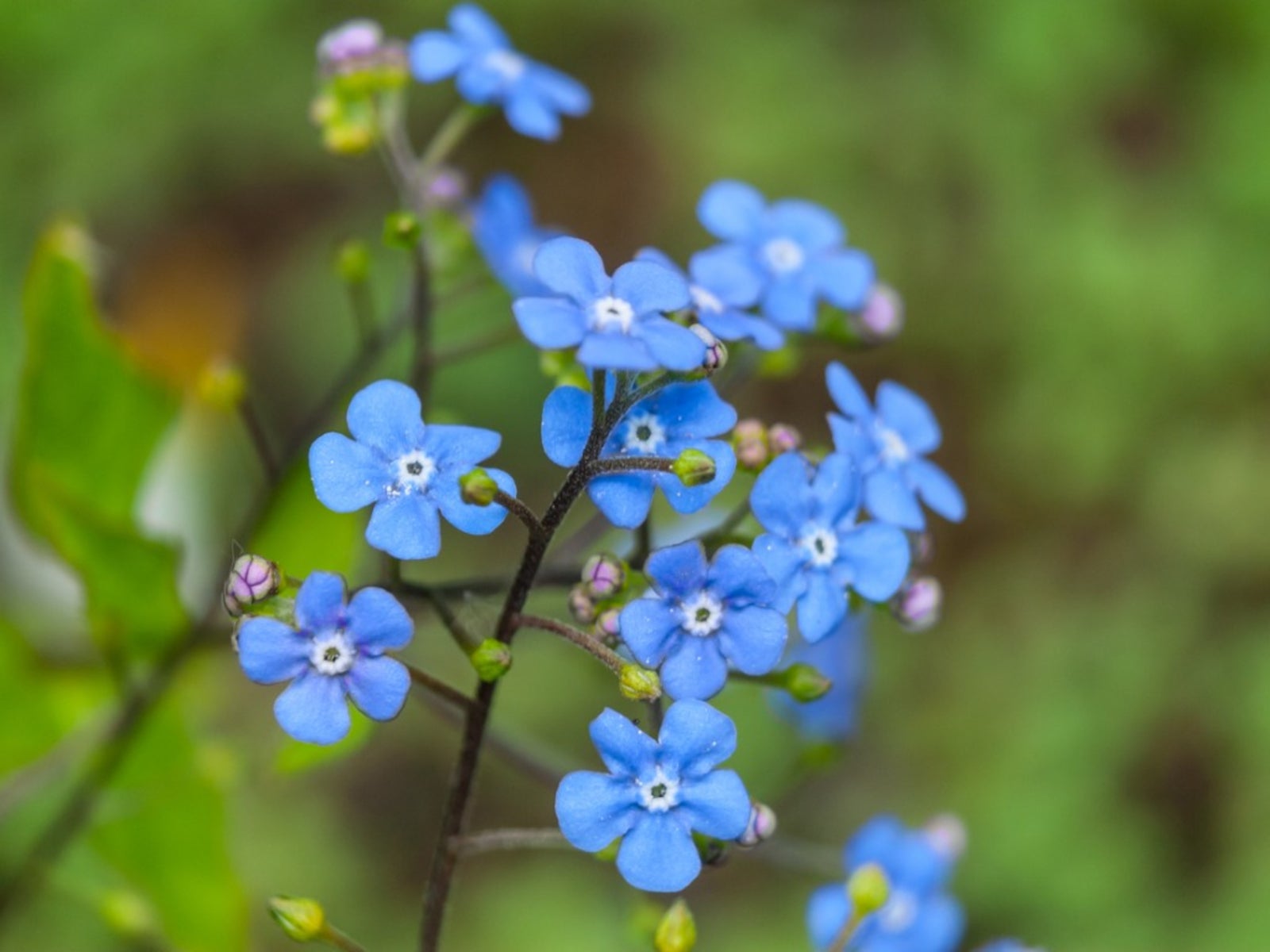

Adding flowering pond plants to natural and manmade water features can be an easy way to quickly beautify a space with lush greenery and vibrant bursts of seasonal color. Growing these ornamental plants requires careful attention to light needs, water temperatures, intensity of direct light, and their size at maturity. Learning more about the various types of aquatic flowers available to gardeners can help determine whether or not including flowering water plants is ideal for your own water display.
Indoor Pond Flowers
Though most people consider growing pond flowers outdoors, several species are actually well suited for use as interesting houseplants. They include those that grow exclusively in water, like philodendrons, spider plants, and water hyacinths. Aquatic flowering plants are also quite popular with those who maintain elaborate fresh and/or saltwater fish tanks with live plants adding to a thriving and diverse ecosystem. Some of the most popular varieties of aquatic flowers for fish tanks include fanwort, java moss, and Amazon sword.
Outdoor Pond Flowers
If you’re wanting to incorporate flowering water plants into outdoor spaces, you should always consider the potential environmental impacts first. This includes potential for harm to native plant and animal species, as well as heeding local regulations related to invasive species or noxious weeds.
Depending upon the type, flowering pond plants can be found growing in the water, on the surface of the water, and/or near its edge. These specific growth requirements are essential in making certain that plants have the best chance of success in their new pond. Many surface growing plants, like Amazon frogbit and water lilies, can quickly overtake smaller bodies of water and will require frequent maintenance. Other popular pond plants include hornwort, creeping Jenny, and water lotus.
Larger Pond Plants
If you’re looking to increase visual interest around natural ponds, you may want to consider larger species of aquatic flowering plants. Cattails are just one example of aquatic plants which can reach great heights near the water’s edge. Smaller, dwarf varieties can also be found through specialized aquatic plant nurseries.
Another visually interesting specimen, pickerelweed, is prized for its large purple flower spikes which begin blooming late in the summer. Many gardeners praise this ornamental flower for its robust growth habit and hardiness to cold.
Gardening tips, videos, info and more delivered right to your inbox!
Sign up for the Gardening Know How newsletter today and receive a free copy of our e-book "How to Grow Delicious Tomatoes".

Tonya Barnett has been gardening for 13 years. Flowers are her passion. She has transformed her backyard into a cut flower garden, which she regularly chronicles on her YouTube channel http://www.youtube.com/@tonyawiththeflowers.
-
 Types Of Tomatoes Explained: Explore The Many Wonderful Shapes, Colors, Flavors, & Best Uses
Types Of Tomatoes Explained: Explore The Many Wonderful Shapes, Colors, Flavors, & Best UsesThe world of tomato varieties is vast and fascinating. Learn about the key types to grow in your garden, tailored to your preferences and space.
By Amy Grant
-
 Try The Trend – Turn Any Bed Into A Keyhole Garden With This Clever In-Ground Composter
Try The Trend – Turn Any Bed Into A Keyhole Garden With This Clever In-Ground ComposterKeyhole gardening is an efficient and sustainable practice that saves space. Get started on this DIY project quickly and easily with an in-ground composter.
By Bonnie L. Grant
-
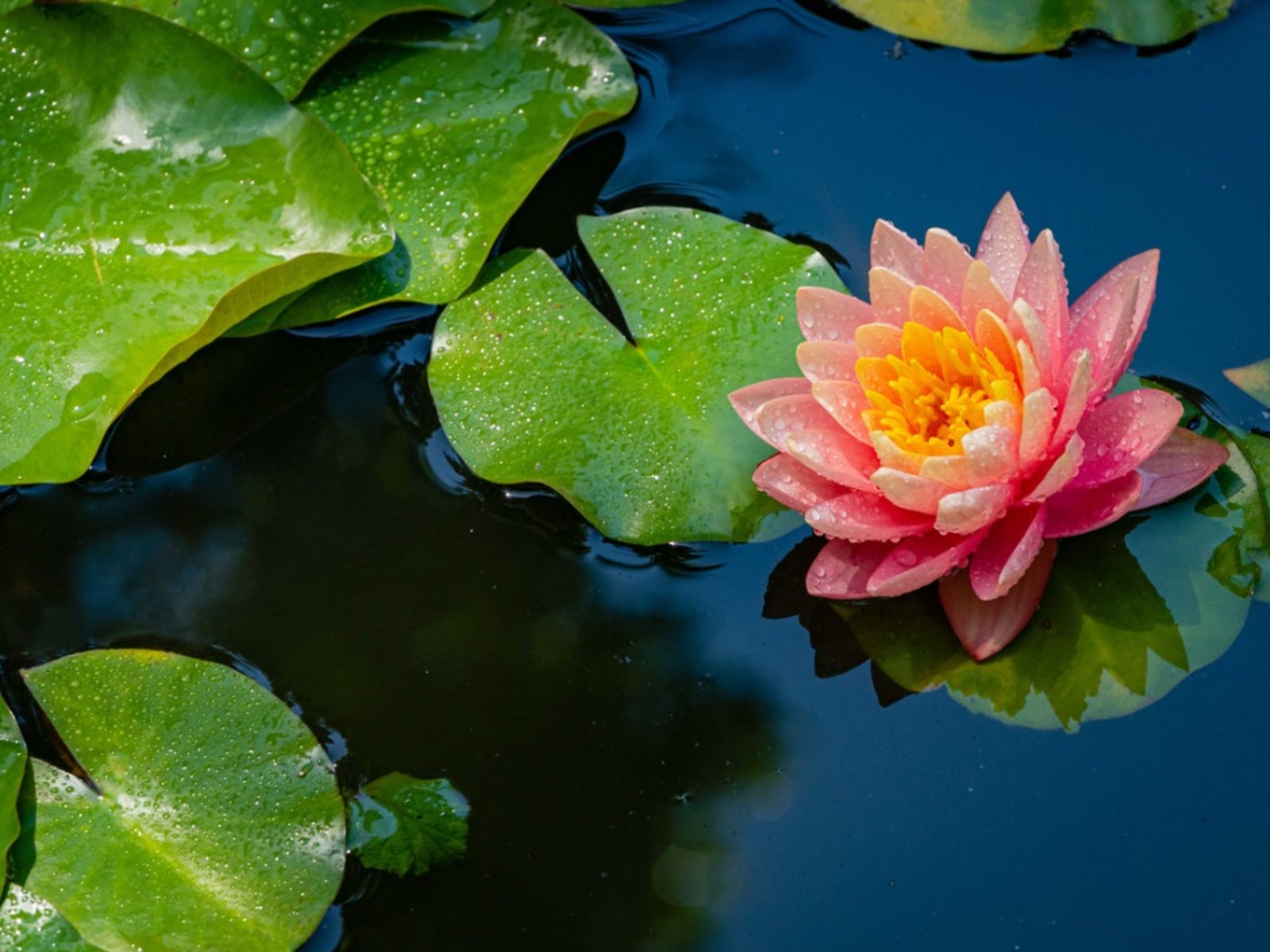 Full Sun Aquatic Plants - Full Sun Floating Pond Plants
Full Sun Aquatic Plants - Full Sun Floating Pond PlantsThere are pros and cons to putting a pond in full sun, but it's very doable. Here are some ideas to get you started.
By Mary Ellen Ellis
-
 Echinodorus Creeping Burhead – Information On Creeping Burhead Plant Care
Echinodorus Creeping Burhead – Information On Creeping Burhead Plant CareCreeping burhead plants are members of the water plantain family and commonly used in freshwater aquariums or outdoor fishponds. Echinodorus creeping burhead is native to the eastern half of the United States. To learn more about the creeping burhead plant click the following.
By Laura Miller
-
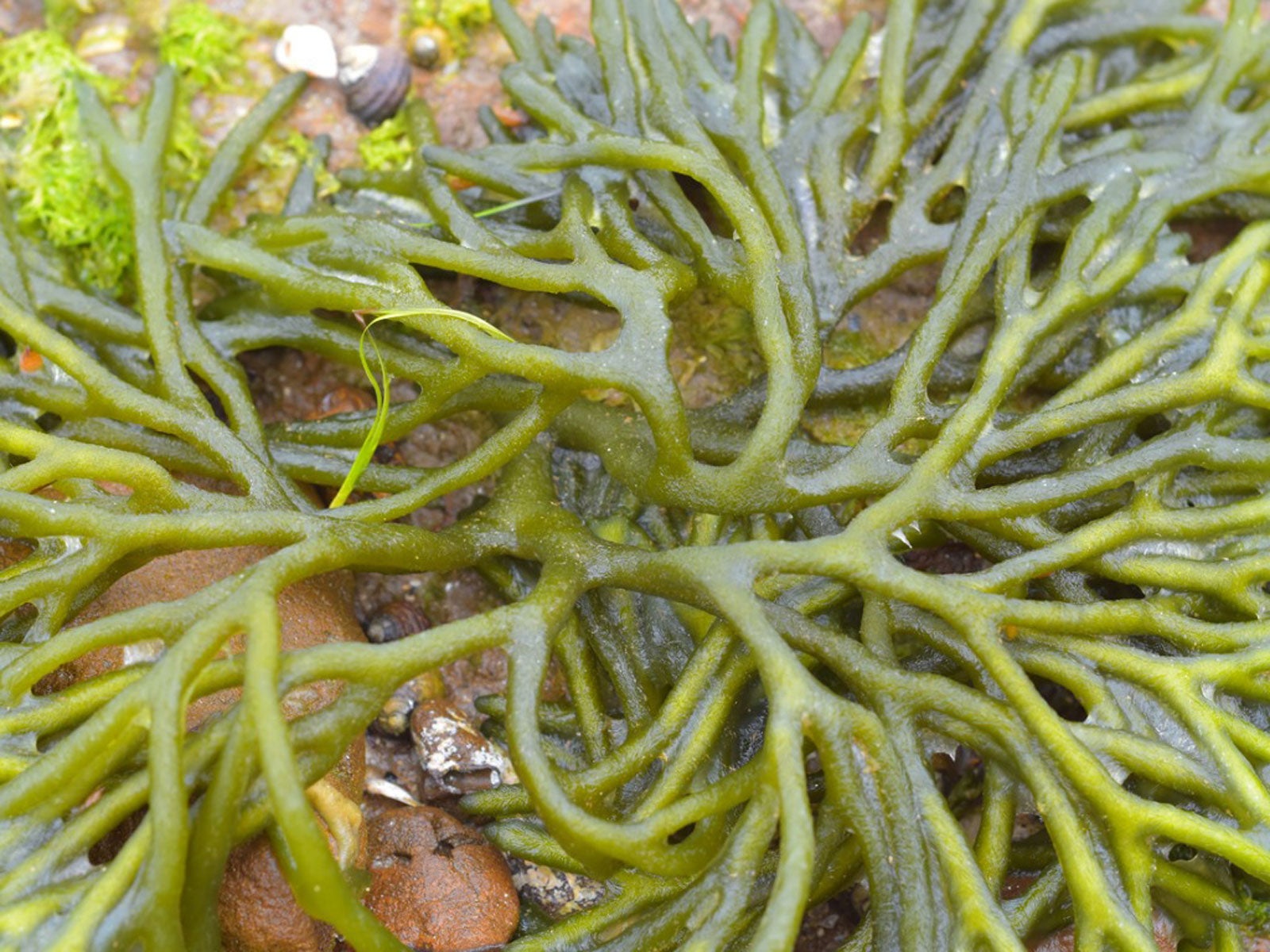 What Is A Saltwater Aquarium: Plants For Saltwater Aquariums
What Is A Saltwater Aquarium: Plants For Saltwater AquariumsBuilding and maintaining a saltwater aquarium requires some expert knowledge in choosing the right plants. Here are some choices to start with.
By Mary Ellen Ellis
-
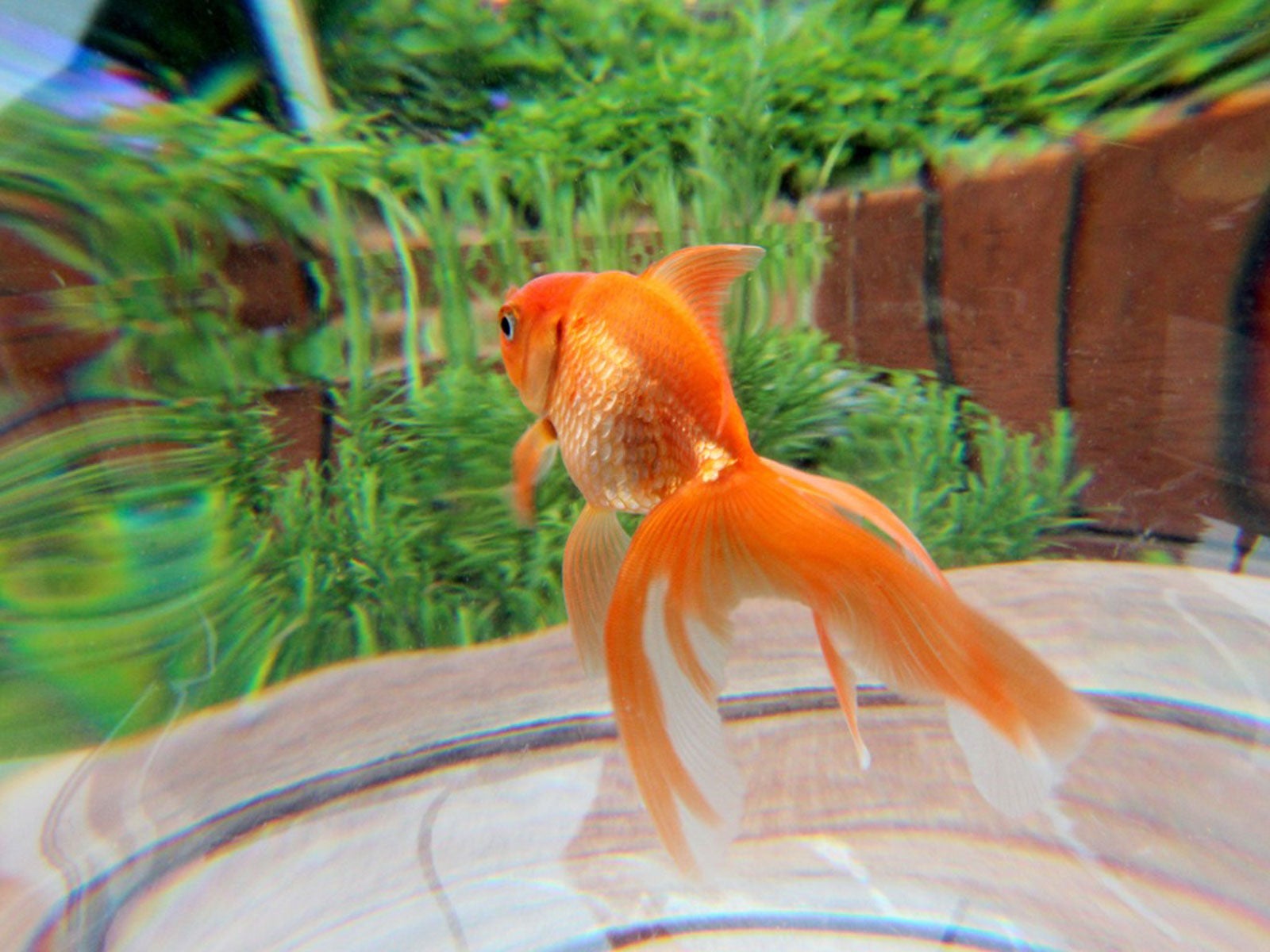 Outdoor Aquarium Ideas: Putting A Fish Tank In The Garden
Outdoor Aquarium Ideas: Putting A Fish Tank In The GardenAquariums are generally made for inside the house, but why not have a fish tank outside? Click here for tips and ideas on backyard aquariums.
By Mary Ellen Ellis
-
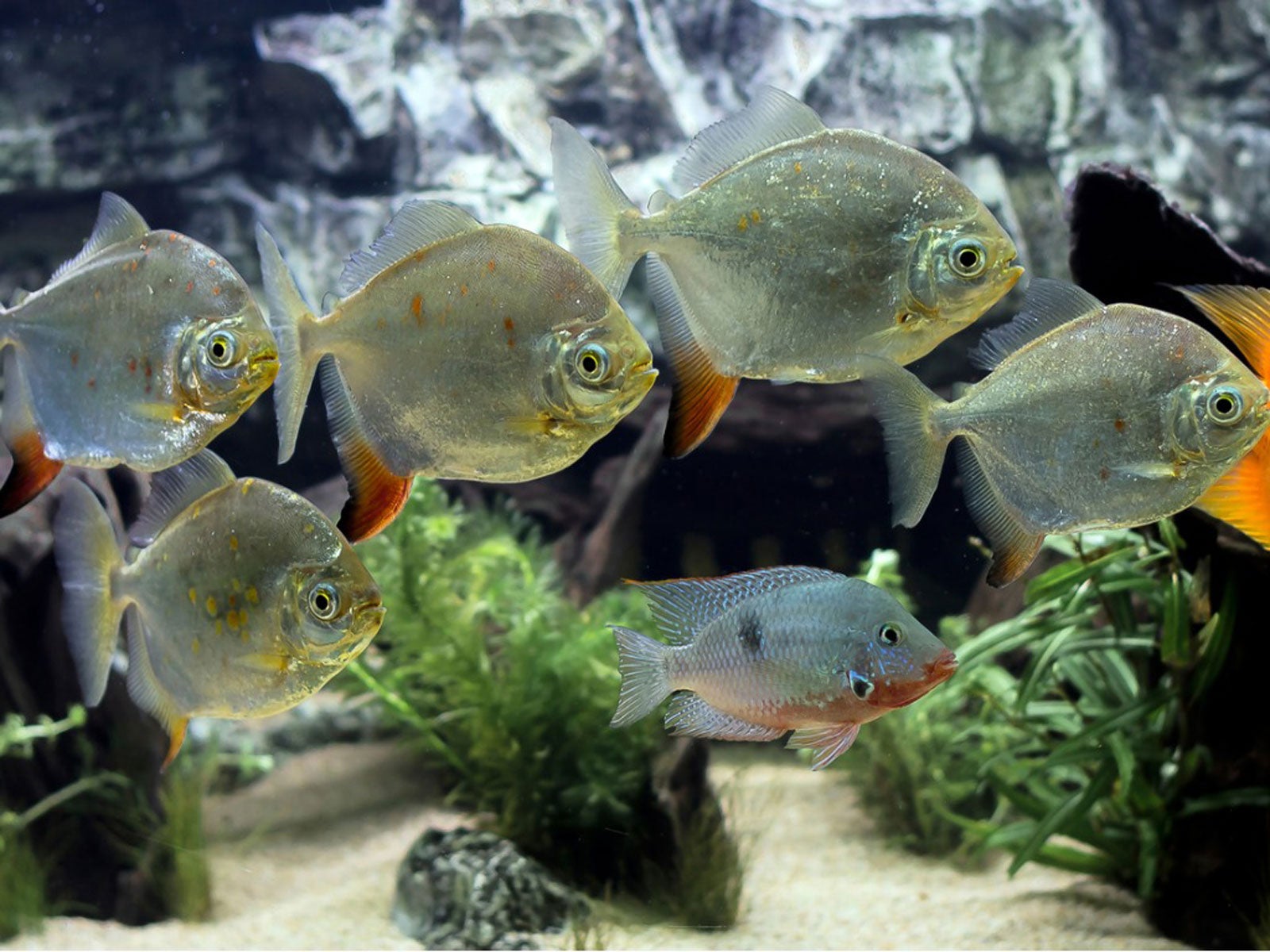 Fish That Eat Plants – Which Plant Eating Fish Should You Avoid
Fish That Eat Plants – Which Plant Eating Fish Should You AvoidGrowing plants with aquarium fish is rewarding, but if you want to combine plants and fish, learn what aquarium fish to avoid. This article will help.
By Mary H. Dyer
-
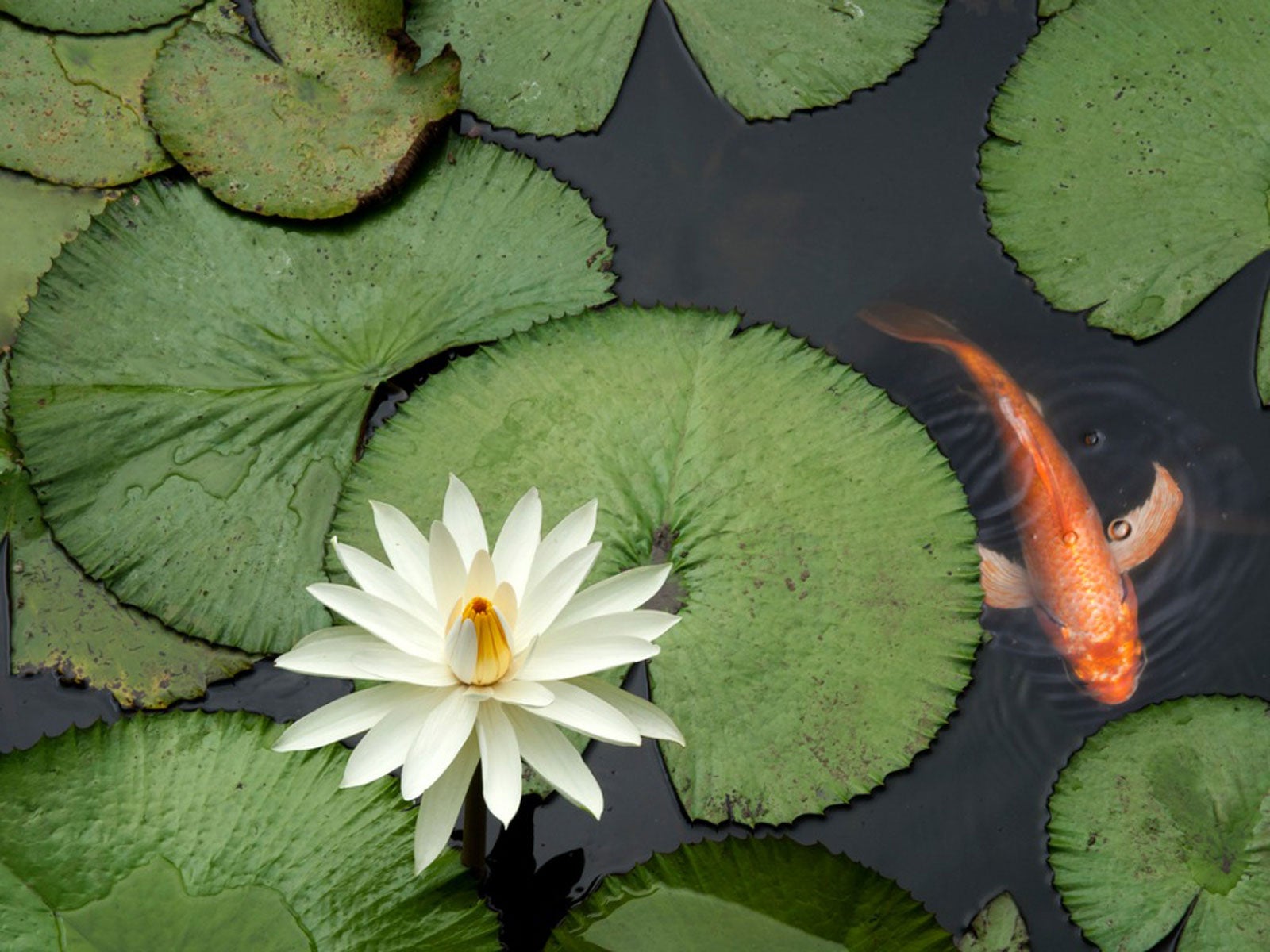 Is Pond Fertilizer Bad For Fish: Learn About Fish Safe Fertilizer
Is Pond Fertilizer Bad For Fish: Learn About Fish Safe FertilizerUsing fertilizer around fishponds must be done with care. Excess nitrogen causes algae, but can also contaminate the water and affect fish. Learn more here.
By Bonnie L. Grant
-
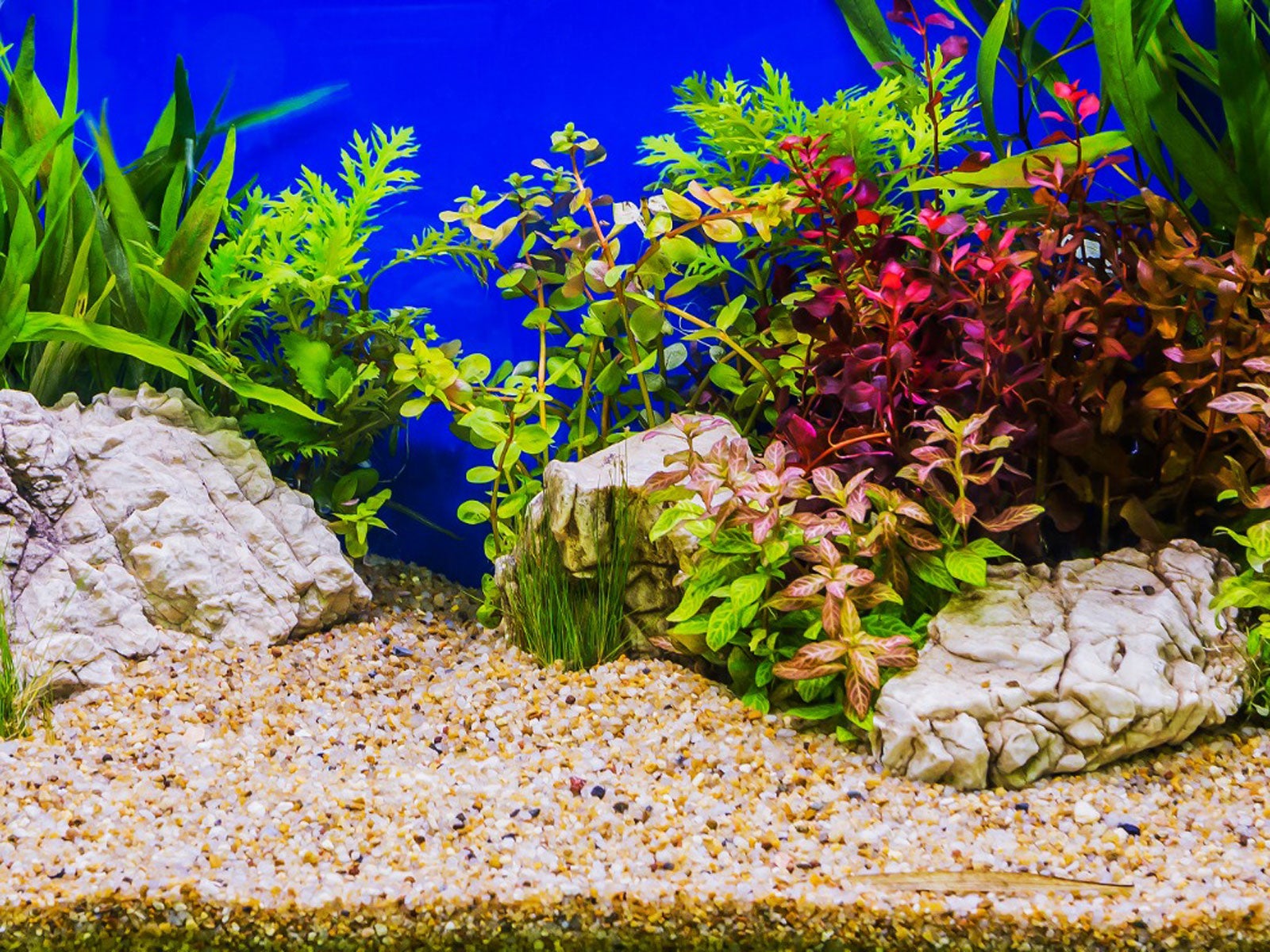 What Is Aquascaping – Creating An Aquarium Garden
What Is Aquascaping – Creating An Aquarium GardenAquatic gardening can be a rewarding endeavor, especially when aquascaping. Click this article to learn more about creating an aquarium garden.
By Nikki Tilley
-
 What Is Bubble Aeration: Learn About Pond Bubbler Systems
What Is Bubble Aeration: Learn About Pond Bubbler SystemsWithout proper care and maintenance, a pond can become a smelly, brackish pit and a breeding ground for mosquitos. The best way to keep a pond clean and odor free is with an aeration system. To learn about bubble aeration in ponds, click here.
By Mary H. Dyer